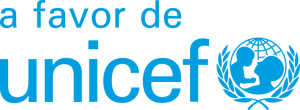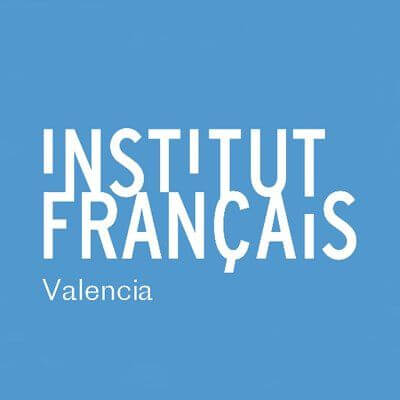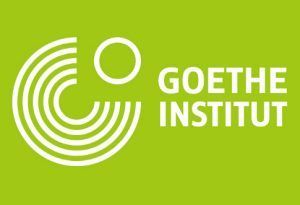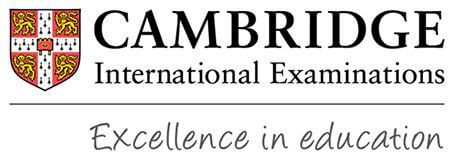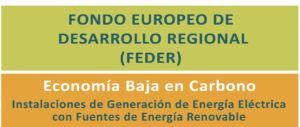Integration of languages in the curriculum
Learning a new language broadens children’s minds and worldviews. It opens them to new cultures and the fruits of diversity. Speaking a second or third language increases their confidence and self-esteem. Knowing a second or third language gives our students a professional advantage in a global world.
Our multilingual model allows children to acquire languages naturally and fosters an excellent level of multilingualism in English, Spanish, Valencian and a choice of two additional languages: Chinese, German and French.
The school has a direct relationship with the three representative bodies for official external language examinations: the Cambridge Confucius Institute, the Goethe Institut and the French Institute.
Our International School in Castellón is also an official examination centre for Cambridge and an official examination centre for the French Institute in the Castellón region. Our students develop excellent communication skills and competence in these languages, an advantage that can make all the difference and be the gateway to new opportunities in the future.
How can languages be integrated into curriculum?
- Foreign language subjects: In addition to core subjects, additional or complementary subjects can be offered which are taught entirely in English or other foreign languages. This allows students to deepen their language acquisition and learn about different disciplines in a multilingual context.
- Intercultural projects and activities: Projects and activities can be carried out to encourage interaction and collaboration between students of different nationalities and cultures. These activities provide opportunities to use the languages learned in real-life situations and strengthen intercultural understanding.
- Language exchanges: Exchanges with other international schools or schools in different regions of the country can be organised so that students have the opportunity to practice the language they are studying in an authentic environment. This promotes language immersion and builds confidence in the use of the foreign language.
- Multilingual resources and materials: Curricula may include a variety of resources and materials in different languages to support language learning and practice. This may include textbooks, readings, online activities and audio-visual materials, adapted to the level and age of learners.
